Sept. 25, 2025 — With its latest version, Honkai: Star Rail has unleashed an unexpected fashion trend across the community, showcasing gleaming avatar frames. Friend lists glitter, timelines overflow with screenshots, and captions read like victory pennants—“Finally cleared,” “Posting to prove my strength.” The silver glow isn’t just cosmetic; it signifies hard-won clears in the game’s new pinnacle challenge, “Anomalous Arbitration.”
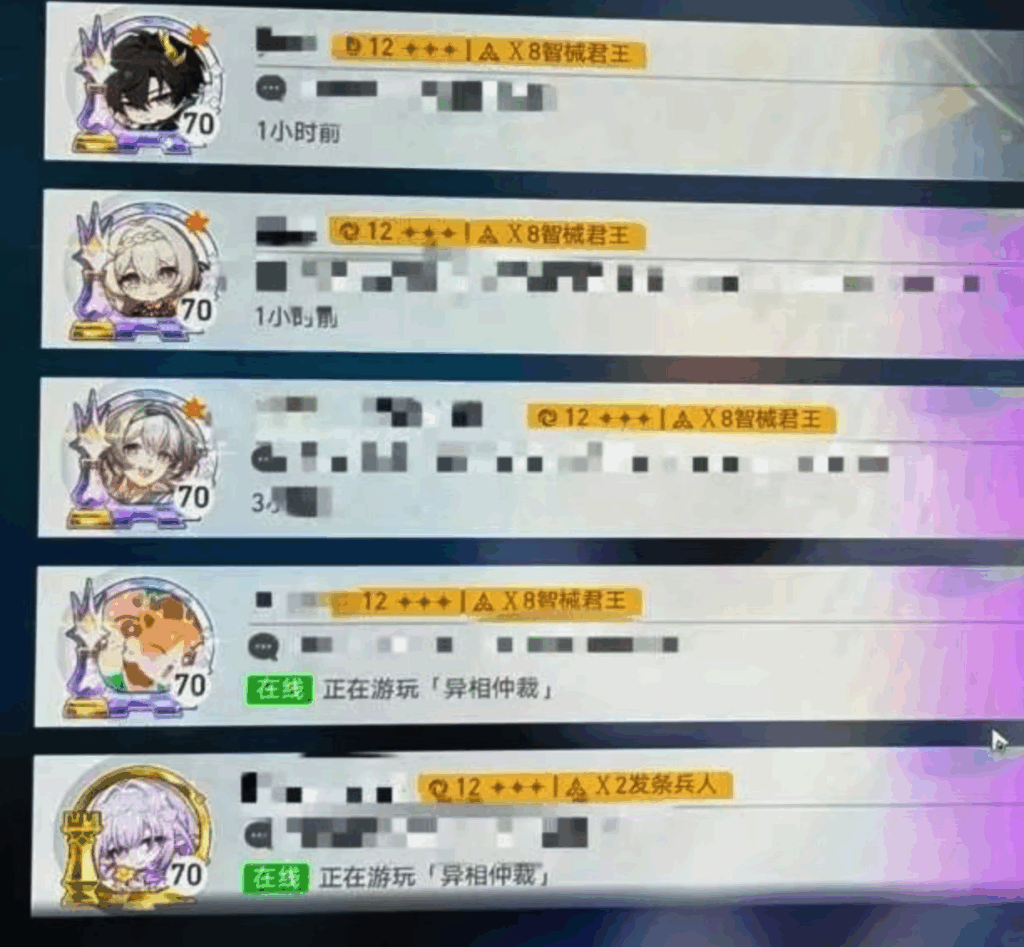
Why a New, Harder Mode Now?
Over the past years, a segment of Star Rail players has pushed builds to extreme heights. Traditional trial modes—while hardly trivial—became solvable within well-studied team archetypes and rotations. A vibrant subculture even embraced “0T” clears (finishing multi-stage content within a single turn cycle), sharing countless clips and routing diagrams. In short, the community needed a fresh proving ground—not just more HP and DEF, but a sandbox for higher-order strategy, routing, and execution.
Anomalous Arbitration answers that call.
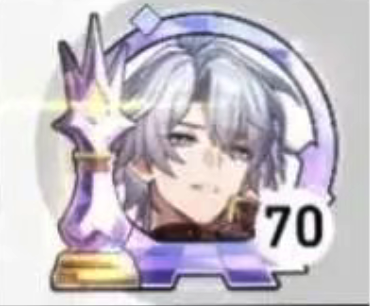
What “Anomalous Arbitration” Does Differently
Think of it as a “Star Rail Abyss, Plus”—a curated gauntlet that layers team-building constraints, fixed enemy lineups, and per-stage debuff modifiers into a highly bespoke battleground.
- Three “Knight” trials, then “King”: Players first clear three distinct Knight stages—each demanding a separate team—before unlocking a weakened King fight. Or skip the training wheels and challenge the unweakened King directly for maximum bragging rights.
- Per-stage debuffs & fixed enemy kits: Each floor pairs set enemy factions/weaknesses with global modifiers, producing a “puzzle-box” feel. It’s not just “bring the strongest DPS”—it’s bring the right plan.
- Manual micro, not full auto: Enemy tuning and turn-order pressure force active manipulation of the action timeline, break timing, ult windows, and mitigation—raising the combat skill ceiling beyond ordinary deep-end content.
Early Meta Read: Who Shines, Where?
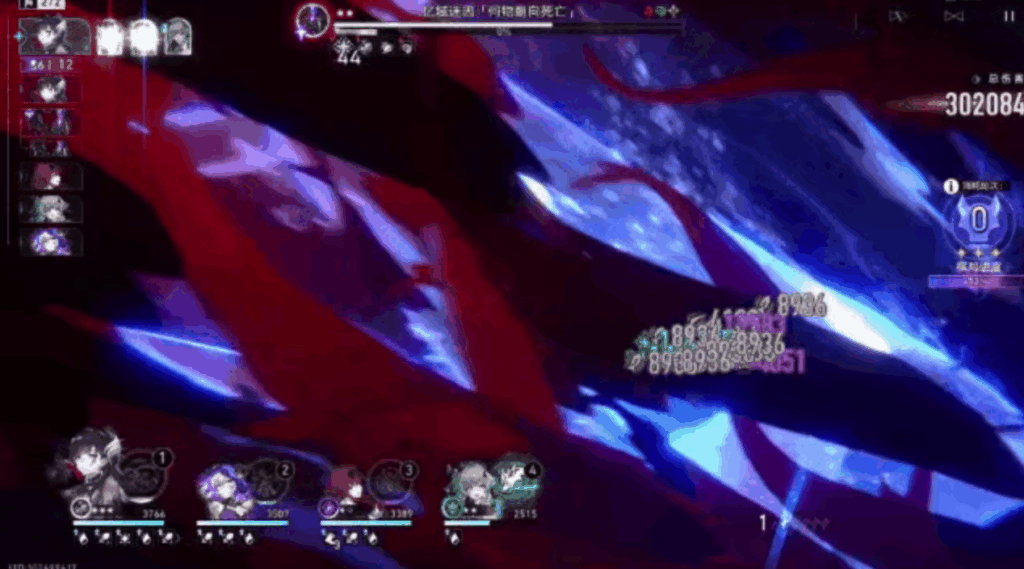
Community testing quickly surfaced pairings between stage design and comp archetypes:
- Knight 1 often favors high break-efficiency units (e.g., teams built around rupture/break play like Firefly-style breakers or “Ruan-mei + Break” shells).
- Knight 2 can penalize direct crit/ATK burst via damage-reduction debuffs, tilting value toward DOT carry comps (e.g., Kafka/Black Swan/Hoothouse variants) that bypass traditional crit-scaling.
The result is a mode where roster breadth matters as much as raw stat sticks. Players who enjoy labbing comps, relic spreads, and action-order tinkering are in heaven.
Bragging Rights, Not Mandatory Pressure
Despite the mode’s ferocity, its audience targeting is precise. Access is effectively gated to veterans (e.g., players who have already mastered prior deep-end trials), and its rewards lean cosmetic and side-grade—namecards, avatar frames, conductor skins, plus QoL-adjacent items like a “key” that can block a single stat during relic re-rolls. In other words, no compulsory power sits behind the mode; the ordinary endgame remains intact. That design minimizes power creep anxiety for mainstream players while providing min-maxers with a dedicated arena.
Why the Avatar Frames Matter
Because they’re earned in the hardest content, these frames function like visible skill badges. And with the community sharing Friend-list screenshots, a soft prestige economy has emerged: frames validate routing, execution, and—yes—build quality (players report needing 35+ effective substats for a comfortable King clear; some push 40–45).
A Living Lab for the “0T” Era
Star Rail has confirmed that Anomalous Arbitration is a permanent feature, with updates applied to each version, which shuffles enemy lineups and global modifiers. Practically, that means a rolling lab for comp theory: new break lines, DOT matrices, and ult-timing trees to explore each cycle. For top players, the ceiling is still nowhere near capped; for everyone else, it’s optional inspiration, not an obligation.
The Anxiety Question—and the Answer
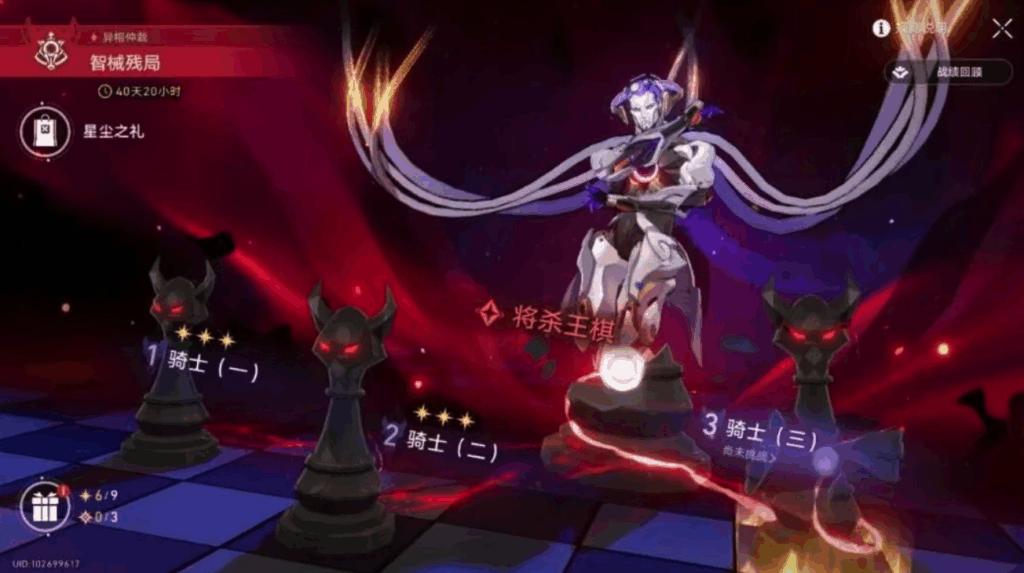
High difficulty can breed strength anxiety when baseline content escalates to match power users. Here, the studio’s approach sidesteps the trap:
- Narrow targeting keeps the mode from redefining everyday tuning.
- Cosmetic-leaning rewards prevent must-have progression bottlenecks.
- Content bifurcation subtly splits discourse: hardcore optimization thrives in its lane, while day-to-day players keep a stable experience.
Bottom Line
Anomalous Arbitration delivers what the late-game community wanted: a more complex, smarter, opt-in arena that rewards build craft and micro without rewriting Star Rail’s baseline. The avatar-frame craze is more than fashion; it’s a social signal of mastery in a mode built for mastery. As each version refreshes enemy kits and debuffs, expect new comps, new routes, and new clears—and many more gleaming frames lighting up the timelines.
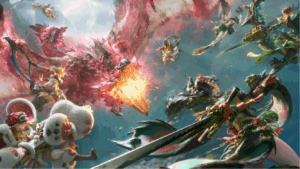

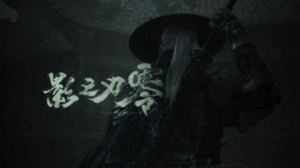
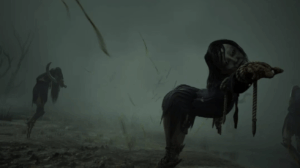
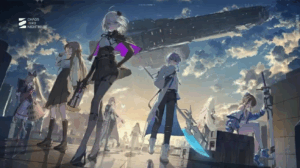
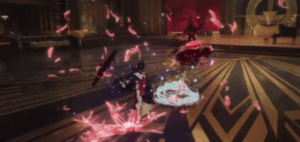
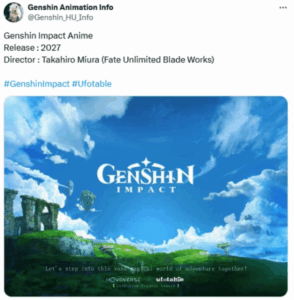
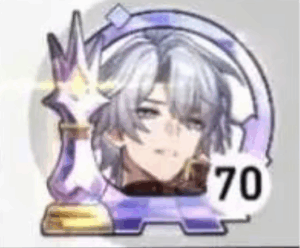
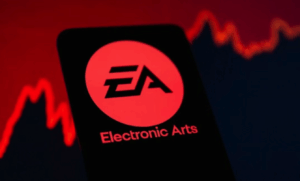
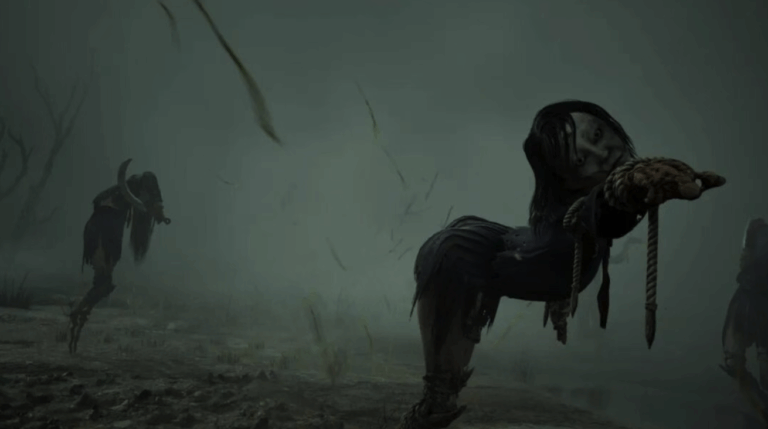
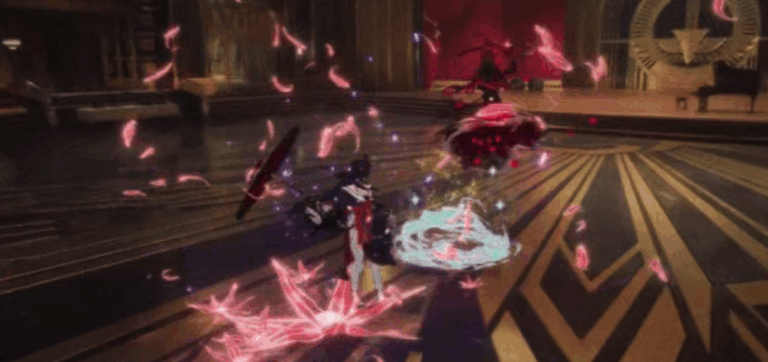
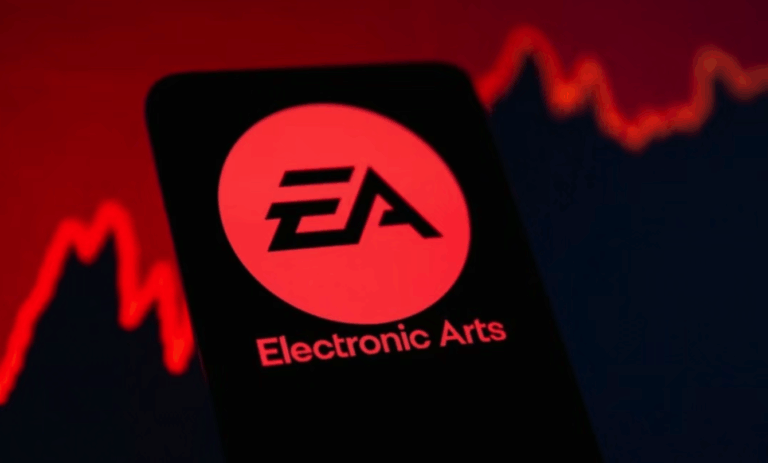
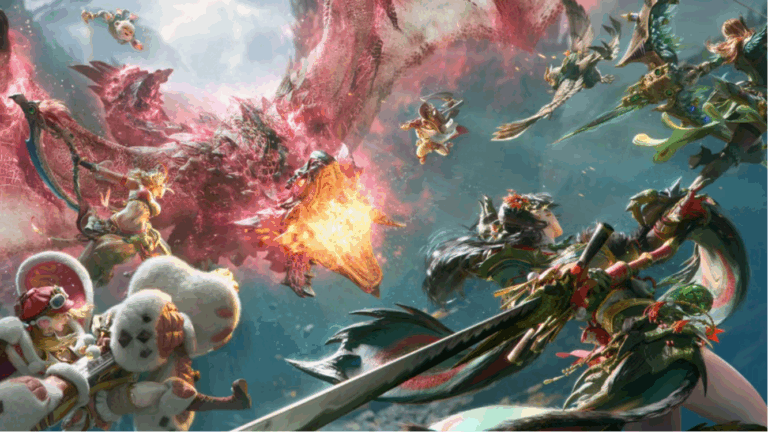
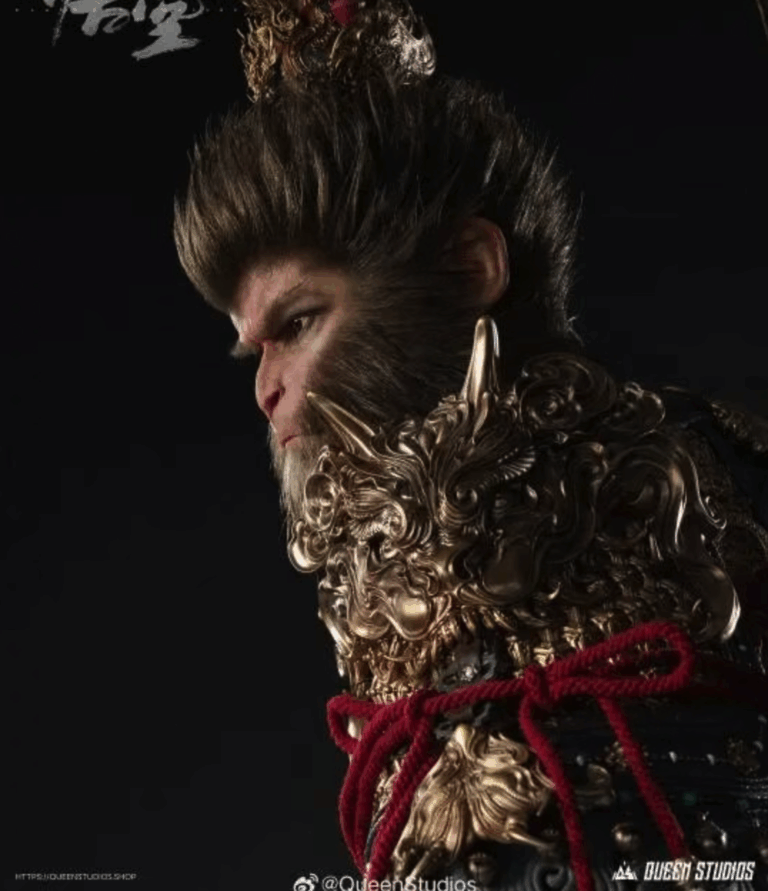
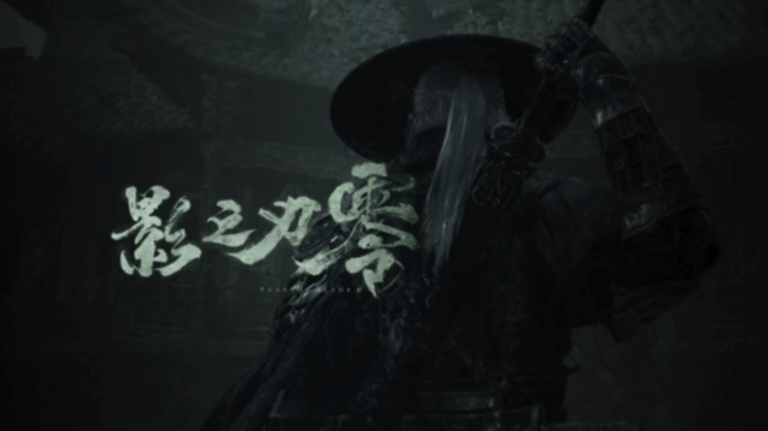
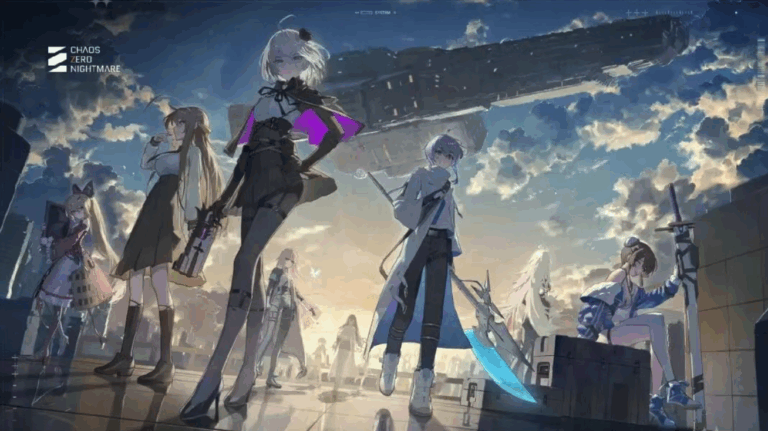
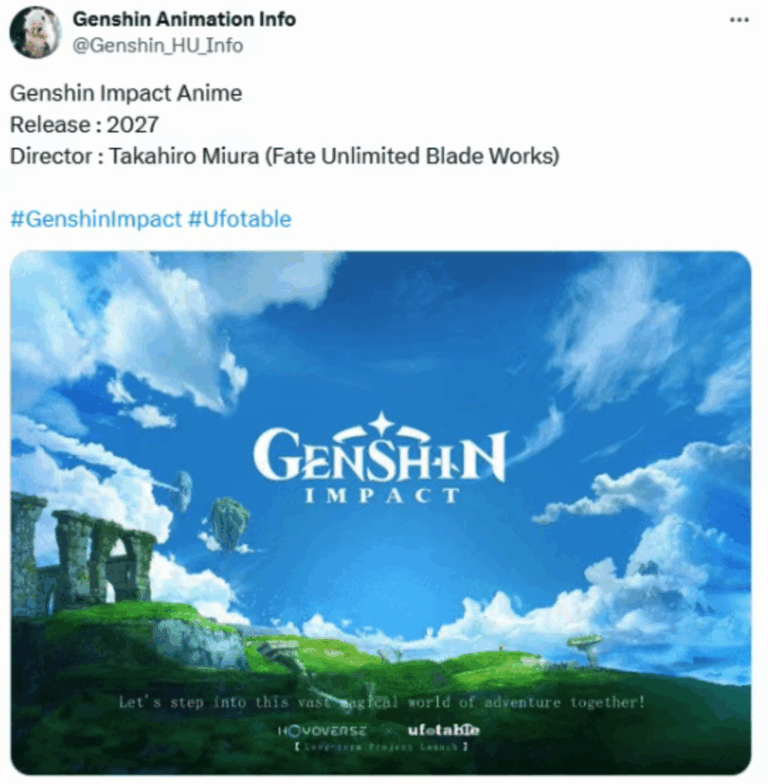
+ There are no comments
Add yours